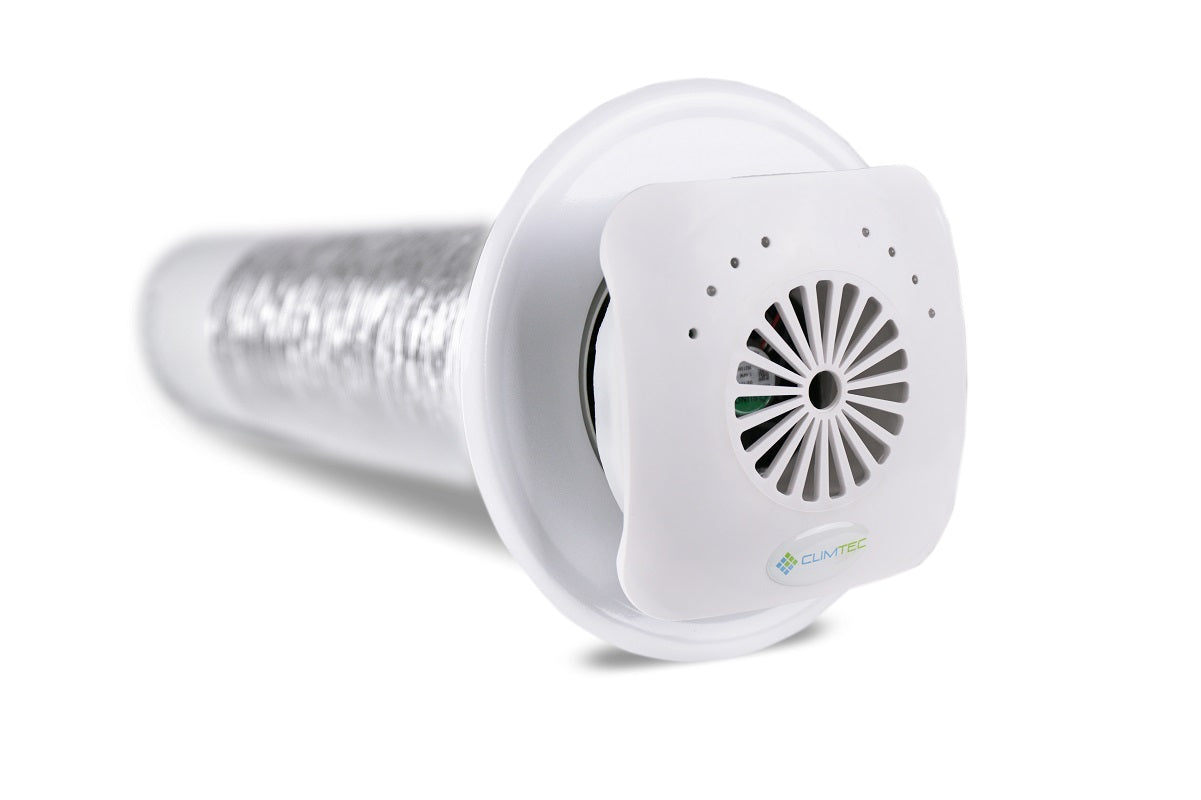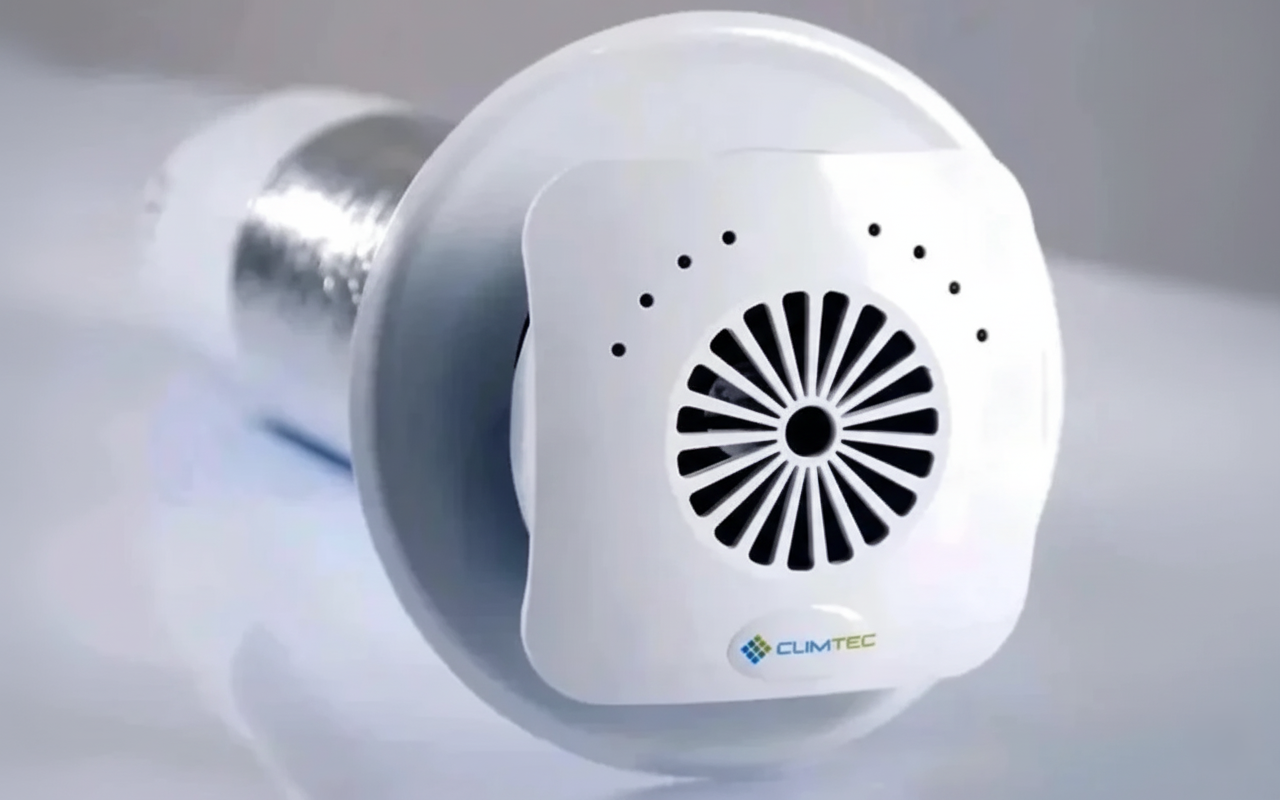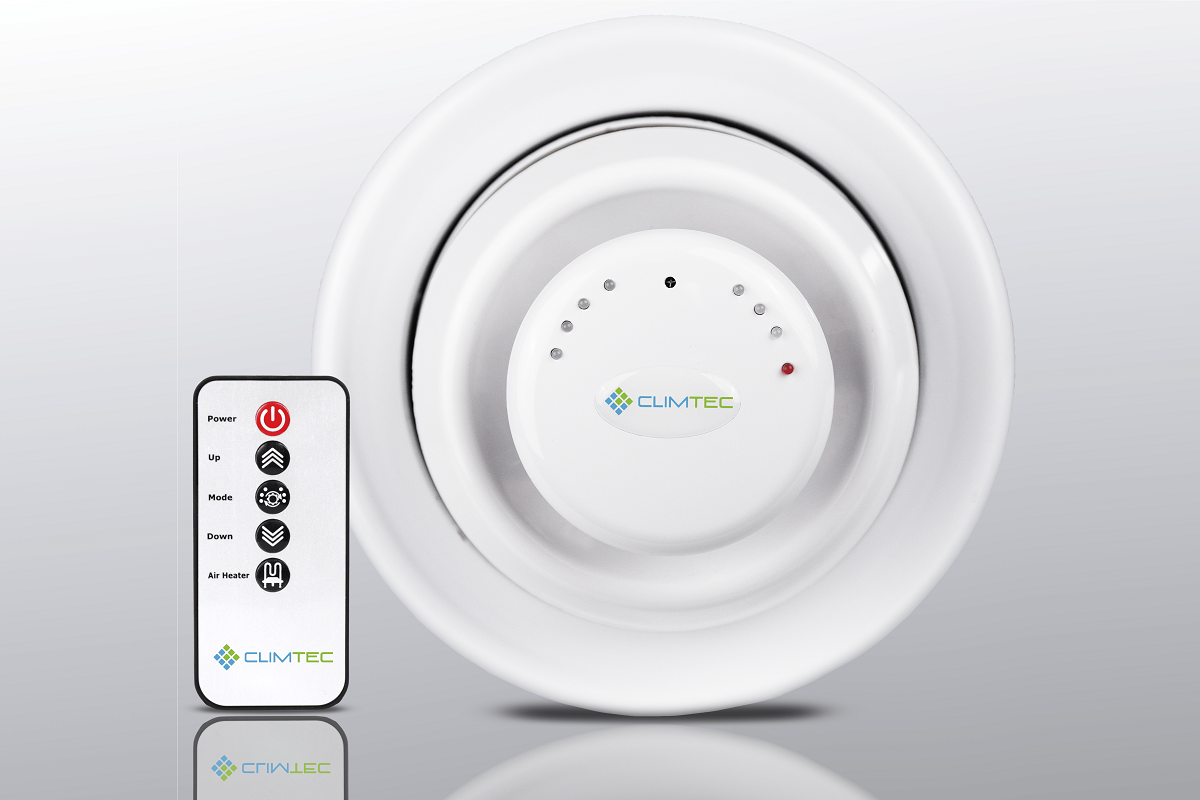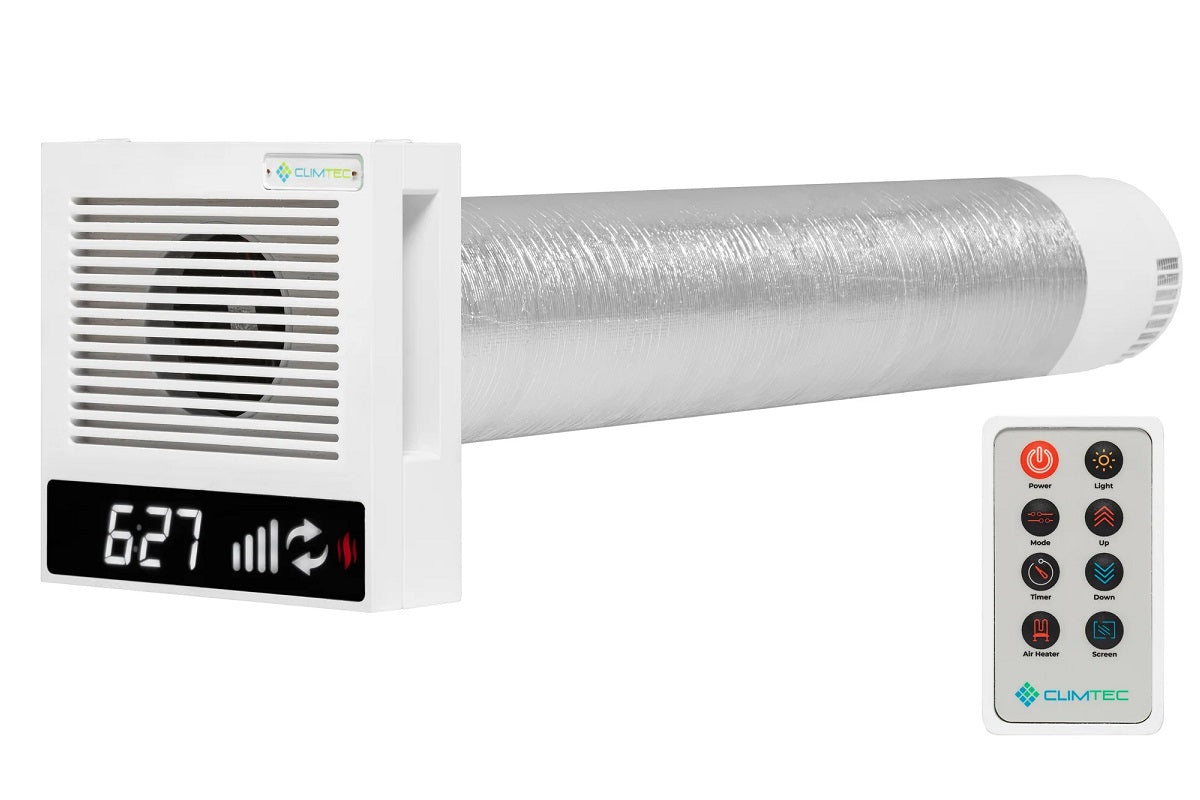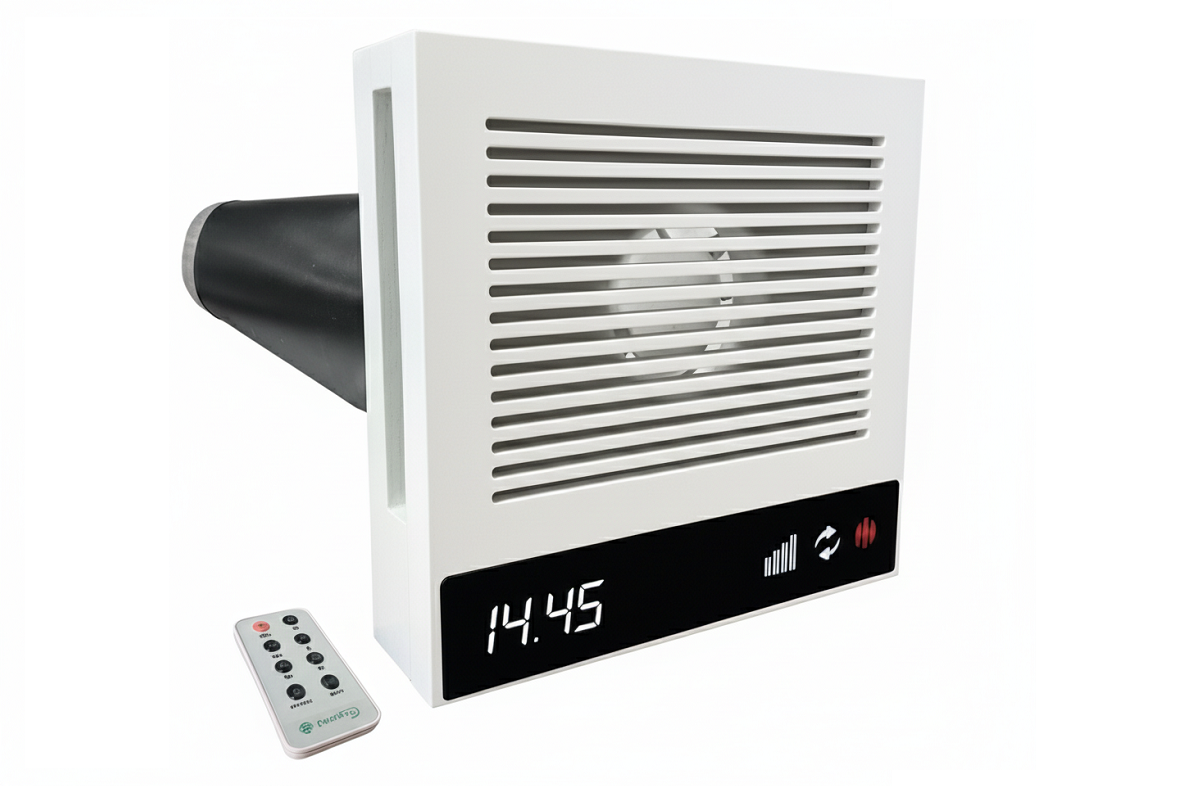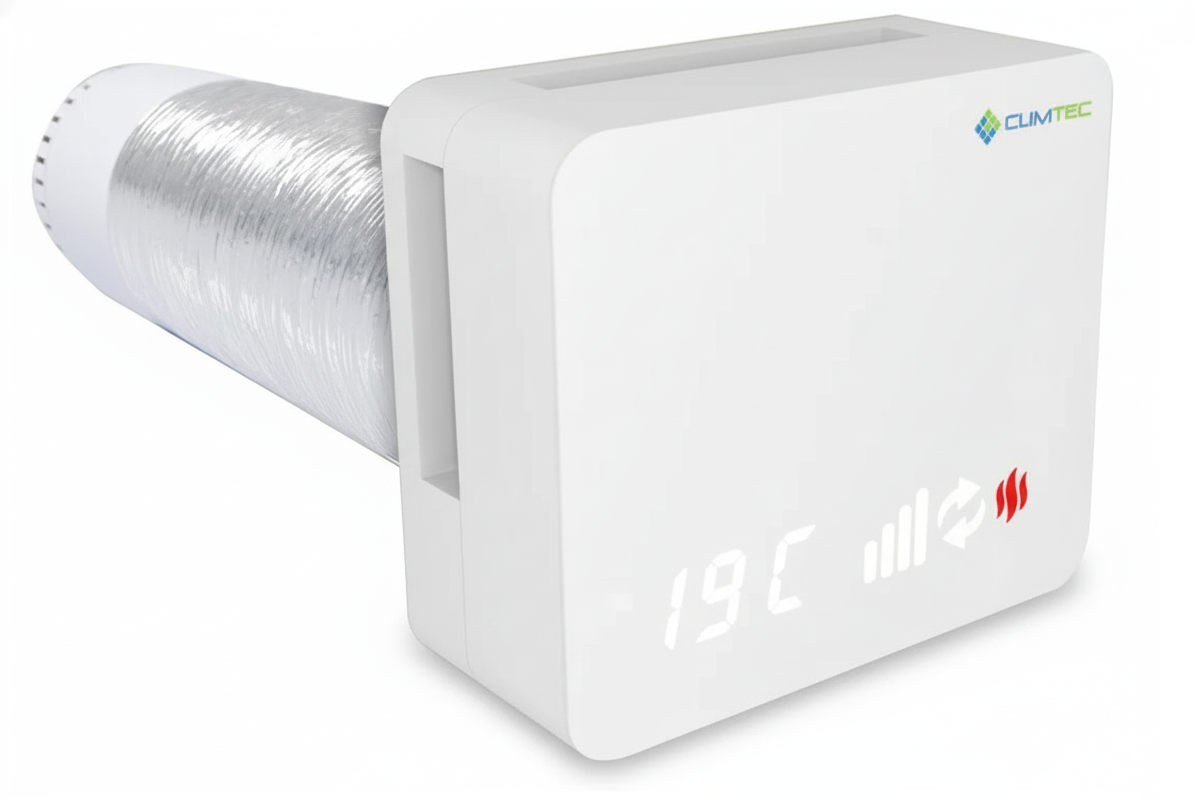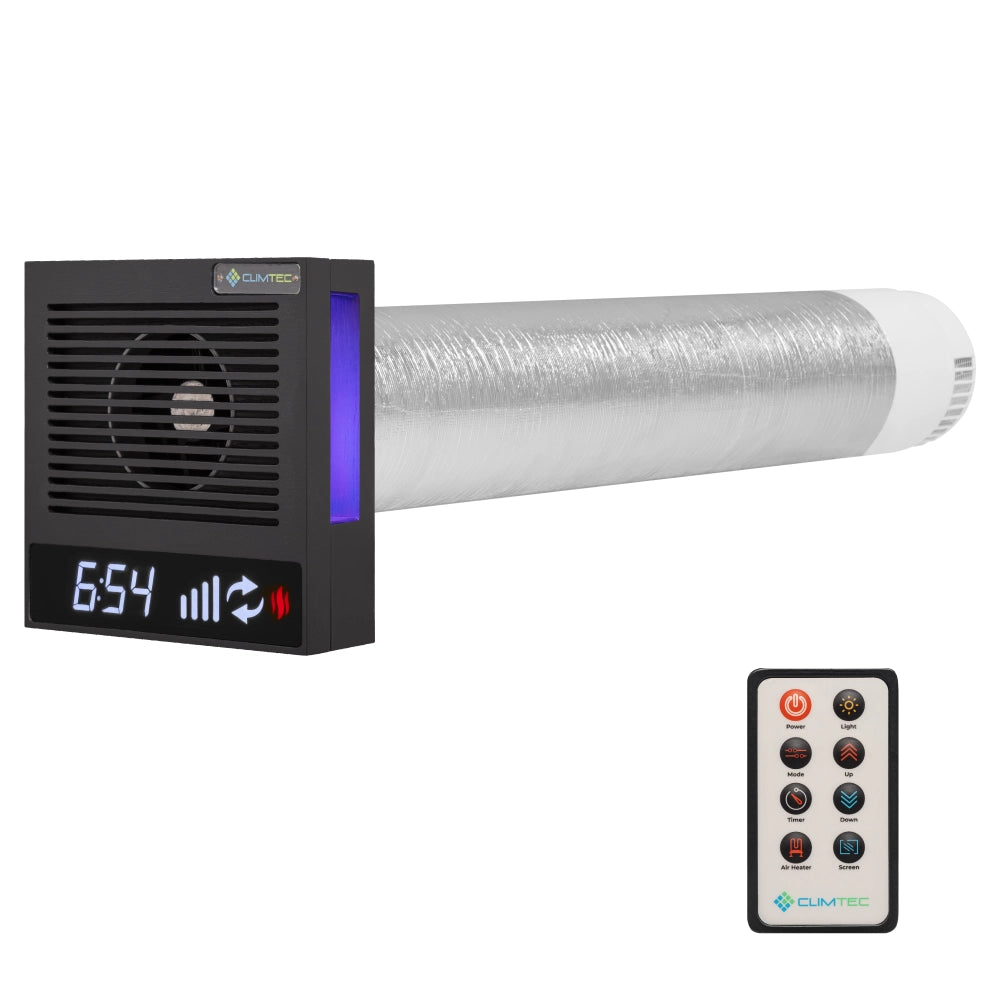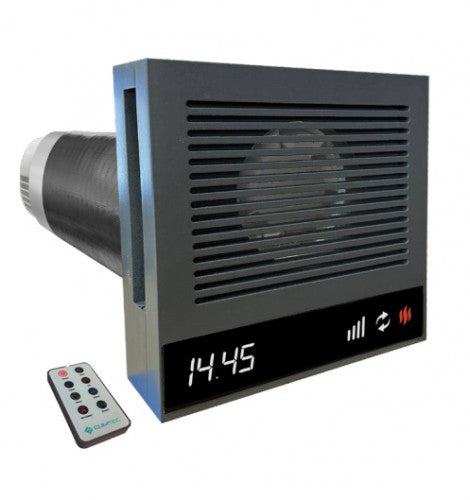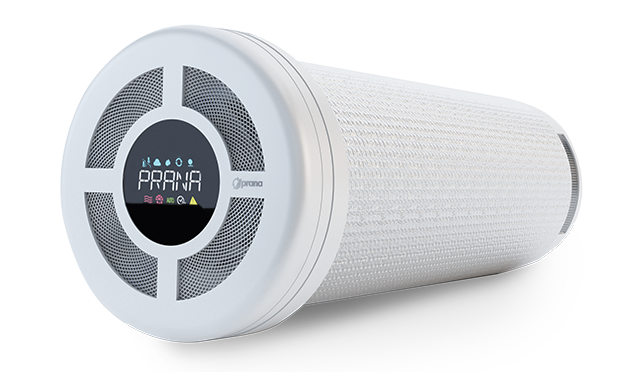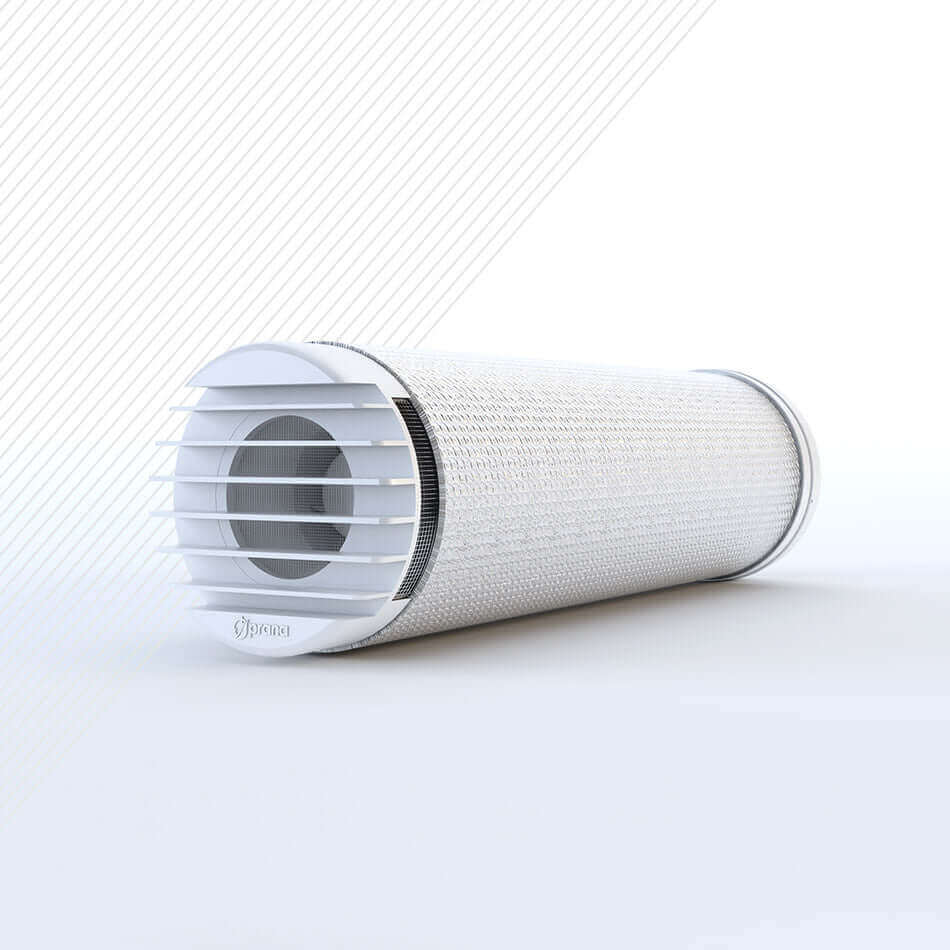Filters
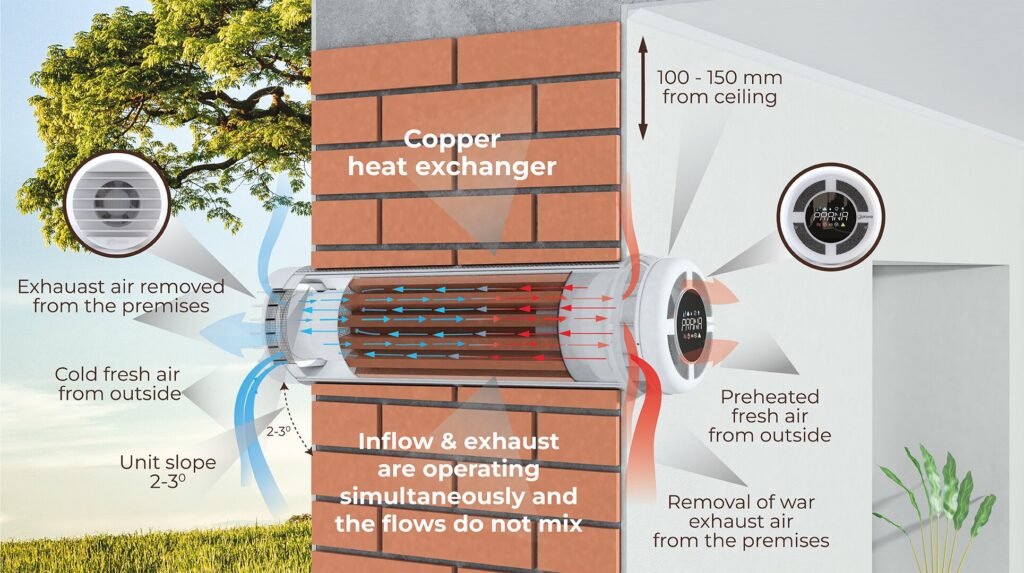
Domestic ventilation systems
Why Domestic Ventilation Systems Matter in Today’s Homes
As insulation standards rise and homes become more airtight, natural airflow is often restricted. That’s why a well-designed domestic air circulation system is essential. These systems operate continuously, moving stale air out and bringing fresh, filtered air in — keeping the indoor environment balanced, even in winter. Without this controlled ventilation, moisture builds up quickly, causing damage to both your health and your home.
Unlike older extractor fan setups, today’s systems are designed to work around the clock without noise or energy waste. Whether you opt for a centralised system or a room-by-room solution, modern domestic ventilation systems are effective, discreet, and incredibly easy to live with.
What Makes Domus Ventilation a Go-To Choice in the UK
Domus ventilation systems have become a staple in British homes for good reason. They’re known for combining performance with low energy use and smart integration. If you're working on a renovation or new build, domus MVHR units provide quiet, energy-saving air management that fits seamlessly into any space.
Whether you need a whole-house setup or a domus MVHR unit for a flat or extension, the Domus range offers modular flexibility, compact design, and high-quality filters. These systems not only meet building regulations — they exceed expectations for long-term comfort and indoor air hygiene.
How Domestic MVHR Units Work and Why You’ll Benefit
Domestic MVHR systems (Mechanical Ventilation with Heat Recovery) extract used indoor air while supplying filtered outdoor air through a built-in exchanger. This exchanger transfers heat from the outgoing air to the incoming flow — so you retain warmth in winter and freshness in summer without energy loss. A well-placed domestic MVHR unit can improve comfort in every part of the home, from bedrooms to kitchens.
Domestic MVHR is especially useful in humid rooms like bathrooms, helping reduce condensation and the chance of mould growth. Plus, with heat recovery rates above 80%, these systems significantly cut down on heating bills — a welcome bonus for eco-conscious homeowners.
What to Look for in a Domestic Heat Recovery Ventilation Unit
When selecting a domestic heat recovery ventilation unit, consider airflow capacity, energy rating, and noise level. Some models include smart sensors, Wi-Fi control, and filter replacement alerts. A high-performance ventilation heat exchanger (domestic) can retain most of the heat, while ensuring fresh air circulates effectively. For flats or compact properties, low-profile options offer space-saving benefits without sacrificing performance.
Whether you're seeking a retrofit option or planning a new system from scratch, domestic heat recovery units deliver measurable benefits in both energy savings and air quality.
- Recuperator PRANA 160 STANDARD – a compact and reliable unit suitable for small to medium residential spaces. It ensures efficient heat recovery while maintaining consistent airflow, keeping indoor air fresh and comfortable throughout the year.
- Recuperator PRANA 160 STANDARD MINI – ideal for tighter rooms or apartments, this mini unit provides quiet operation and effective heat recovery. Perfect for phased installations or single-room solutions.
- Recuperator PRANA 210G STANDARD – suitable for larger rooms or open-plan areas, offering high airflow capacity and moisture control. Its advanced heat exchanger delivers comfort while reducing energy usage.
- Recuperator PRANA 210G ERP PRO MINI – a professional-grade solution for compact or high-demand spaces. Features quiet operation, smart controls, and superior heat recovery performance for consistent indoor air quality.
Understanding Domestic Heat Recovery Systems
If you want whole-home ventilation with minimal energy loss, a domestic heat recovery system is worth considering. These setups distribute air evenly across all living spaces, maintaining stable temperature and humidity levels. Especially useful in well-insulated homes, a domestic heat recovery ventilation system offers continuous fresh air — without sacrificing thermal efficiency.
With reduced need for window opening, domestic heat recovery ventilation systems also lower outdoor noise, airborne pollutants, and energy bills. They’re suitable for new constructions, extensions, or deep energy retrofits. From improving respiratory health to protecting building fabric, these systems offer long-term value in any home.


